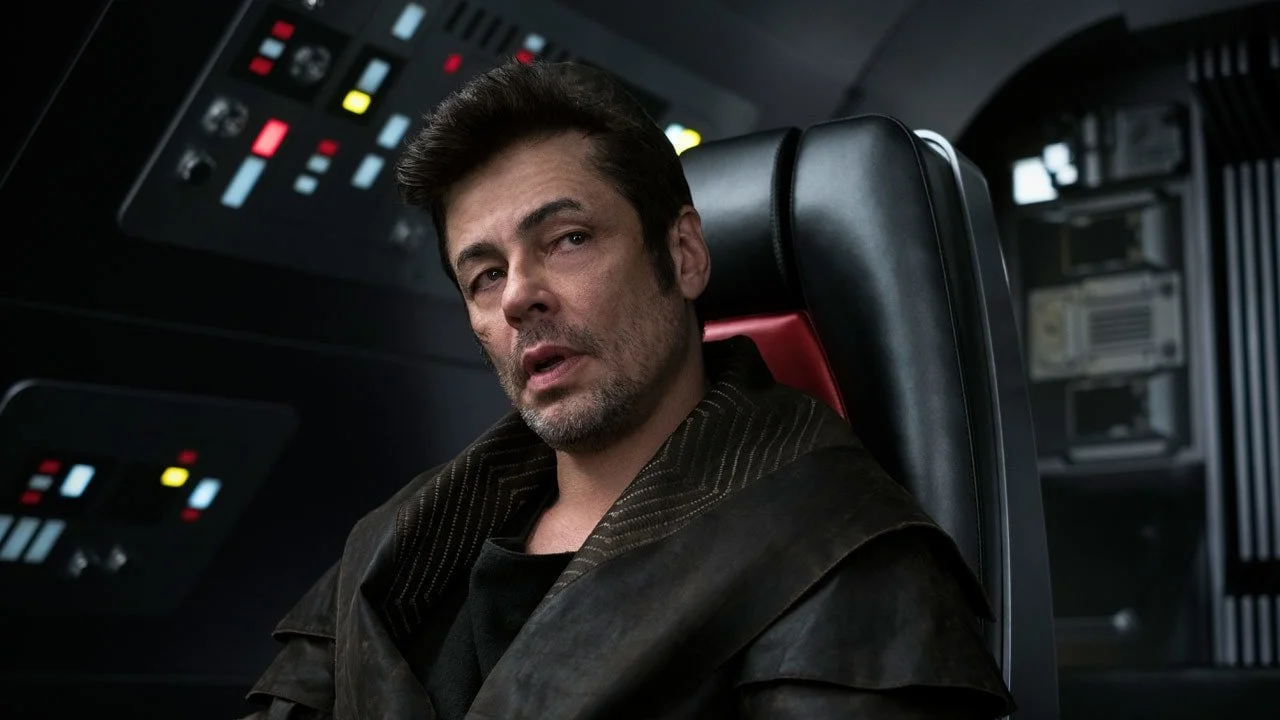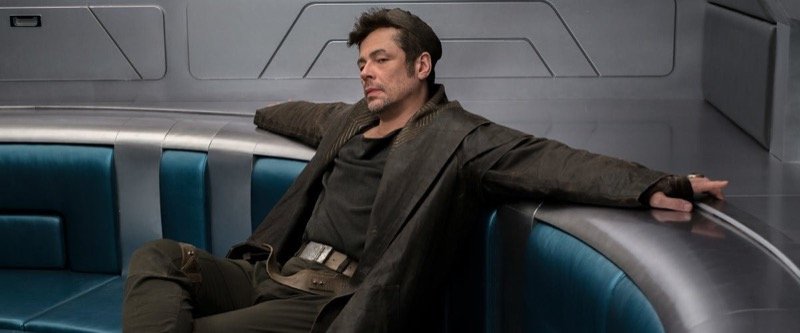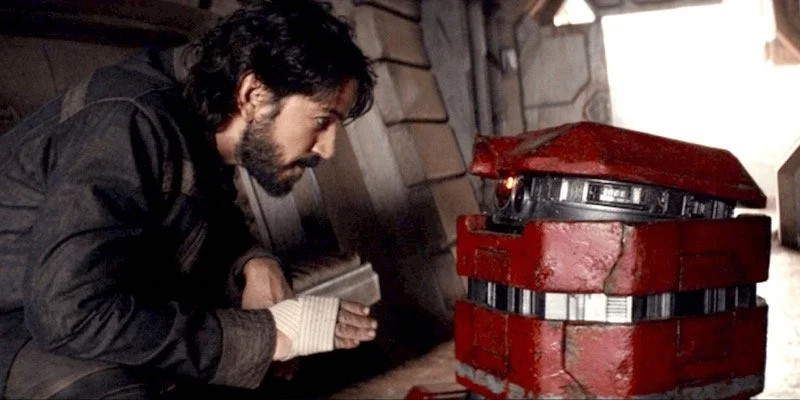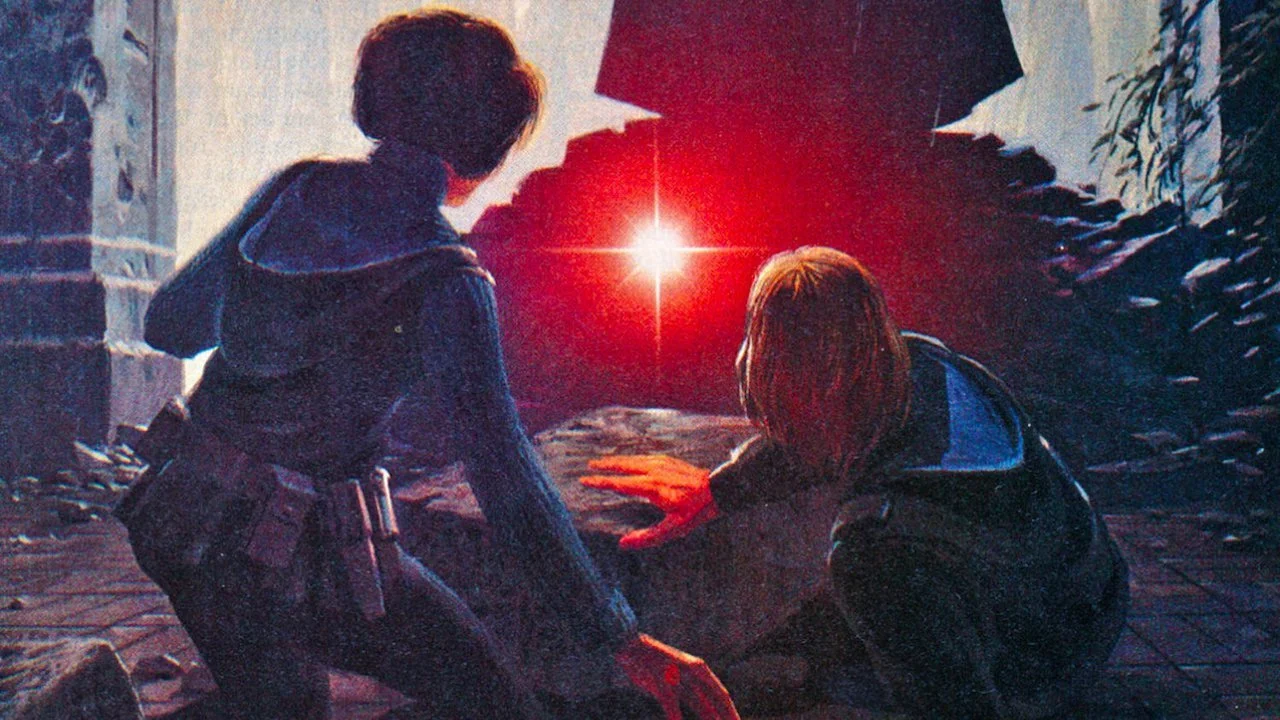'Star Wars' And Stuttering: A Speech Pathologist's Perspective
Image Source: Star Wars
The Star Wars galaxy is full of nearly every character imaginable—heroes with humble beginnings, villains with complicated pasts, scoundrels who turn to good causes, and noble protagonists who fall from grace. The most beloved characters are the most complex, those who have fully fleshed-out personalities with impressive strengths and believable weaknesses. In recent years, Star Wars has made strides toward inclusivity in its casting, featuring more characters of different genders, races, and abilities in the galaxy far, far away. One group who has recently received galactic representation, however, may surprise you: people who stutter.
According to the National Stuttering Association, stuttering refers to “difference[s] in speech pattern[s] involving disruptions, or “disfluencies,” in a person’s speech”. Disfluencies can include whole-word or part-word repetitions (i.e. “d-d-d-d-dog” or “I-I-I-I want”); blocks (absences of sound); or prolongations (i.e. “ssssssorry”). While severity differs among individuals, these disruptions often make communication difficult for those who stutter.
RELATED:
Many untrue beliefs about stuttering contribute to the misunderstanding of those who stutter. It is not an issue that is caused by anxiety (though it certainly is a cause of anxiety) and cannot be stopped simply by slowing down or taking a long time to think of what you want to say. Stuttering is caused by a difference in the activation of neurological pathways in the brain; because of this, core stuttering behaviors (such as word or sound repetitions) often cannot be changed. However, those who stutter may consult a speech language pathologist (SLP) to help with communication difficulties. Stuttering therapy can include tools to modify the way a person stutters but also must include work to desensitize individuals to the act of stuttering and challenge core beliefs that lead to avoidance and anxiety.
So much of the issue for people who stutter is the shame around the act of stuttering that has been reinforced by popular media throughout the years. In his 2008 essay “The Visualization of the Twisted Tongue: Portrayals of Stuttering in Film, Television, and Comic Books”, Jeffrey K. Johnson analyzes instances of stuttering in popular media. He points out that historically, stuttering characters have not been portrayed as heroic.
In the movie The Cowboys, for instance, John Wayne’s protagonist berates a young boy for stuttering, blaming him for his friend’s near-death experience. Wayne’s denigration of the boy causes him to swear fluently at the older man, seemingly curing his stuttering. As a speech therapist, this scene is difficult to watch, and a gross misrepresentation of what stuttering therapy looks like. Criticizing someone for their speech is a sure way of worsening a disfluency, and implying that stuttering can be turned on and off like a switch is neurologically untrue. These portrayals, unfortunately, are sometimes the only reference a non-stuttering person has for what living with a disfluency is like.
Stuttering has always existed in the Star Wars world. Two of its most famous actors, James Earl Jones and Samuel L. Jackson, are real-life stutterers and staunch advocates for people who stutter. However, the first addition of a stuttering character in Star Wars comes in the form of Benicio Del Toro’s DJ in The Last Jedi. DJ is a morally gray codebreaker, who agrees to help Rose and Finn in their struggle against the First Order. However, he betrays them at the last moment, selling them out to the First Order in an act of self-preservation.
Image Source: Star Wars
Del Toro does a commendable job with the character’s disfluency, though his stutter is subtle throughout his limited screen time. His speech is completely absent of disfluency in what could be considered his strongest moment as a character, when he warns Finn, “Don’t join” either side of the Resistance. One of the most prominent instances of his stuttering, interestingly, is in the revelation of his betrayal to Rose and Finn; “I cut a d-d-deal”, he tells them. His stutter seems to only return in a moment of weakness.
People who stutter have been underrepresented in media, and, of course, representation is best when groups of people are characterized fully as complicated human beings; being a person who stutters does not mean you are any less complex than anyone else, that you can’t have contradicting good and bad qualities. However, people who stutter have been historically portrayed negatively. Stuttering is often shown as a characteristic of someone stupid, confused, or untrustworthy.
Stuttering is not an affectation—it is not something that belies ulterior motives or lack of intelligence. Using stuttering in DJ’s character to have the audience question his sincerity or indicate a flawed character is dishonest at best and destructive at worst. In a movie like The Last Jedi, which focuses so much on questioning previously established beliefs about the status quo, it is disappointing to see a portrayal of stuttering that seems to reinforce an outdated and harmful idea.
But DJ is not the only stuttering character in the Star Wars canon. The 2022 Disney+ series Andor constantly surprised fans with mature and well-plotted storylines about the beginnings of the Rebellion against the Empire. One of its most unexpected additions, however, was the introduction of B2-EMO, a small, nervous droid belonging to the Andor family, who has a very prominent stutter.
Image Source: CBR
Unlike DJ, B2’s stuttering is present in nearly all of his utterances. His stuttering is characterized by part-word repetitions (“C-C-Cassian”) and is never commented on by any of the characters in Andor. No one makes a cheeky remark like, “You really ought to get that droid’s wiring fixed”. It is simply accepted by those around him as the way he speaks. No one interrupts, no one finishes his sentences, and no one gets angry with him for taking a long time (unless, of course, they’re Imperial). They just listen to what he has to say.
B2 is certainly portrayed as a nervous character, and his stuttering was probably added to reinforce that. As a droid, there is only so much that can be portrayed by facial expression or body language. While using stuttering as an indicator of anxiety is a stereotype, the most prominent part of his characterization is not his stutter or even his nervousness, it is his loyalty. It is not a coincidence that all hell breaks loose after an Imperial officer kicks B2 over at Maarva’s funeral. He is portrayed as a character worthy of love and protection, and any disrespect toward him is treated as an act of evil.
B2 is an easily lovable character whose sincerity and devotion help to center the people around him. In Cassian’s last interaction with B2 in the season 1 finale, he affirms that he trusts the droid to watch over his friends until they can be reunited. B2 is a dependable and heroic character in his own way and can earn Cassian’s trust without changing the way he speaks. His inclusion in Andor was surprisingly moving for me, and I think the portrayal of someone who stutters in such a positive light was a standout in an already excellent series.
The Star Wars galaxy has always felt immense but is made accessible to viewers through well-rounded, realistic portrayals of some of cinema’s most memorable characters. As the franchise continues, a robust representation of different groups of people is needed to keep the story relevant and fresh to new audiences. Bringing characters with communication differences into the Star Wars universe enhances the message that has always been at its core: that no matter the difficulties you face, there is heroism to be found in all of us.
READ NEXT:















